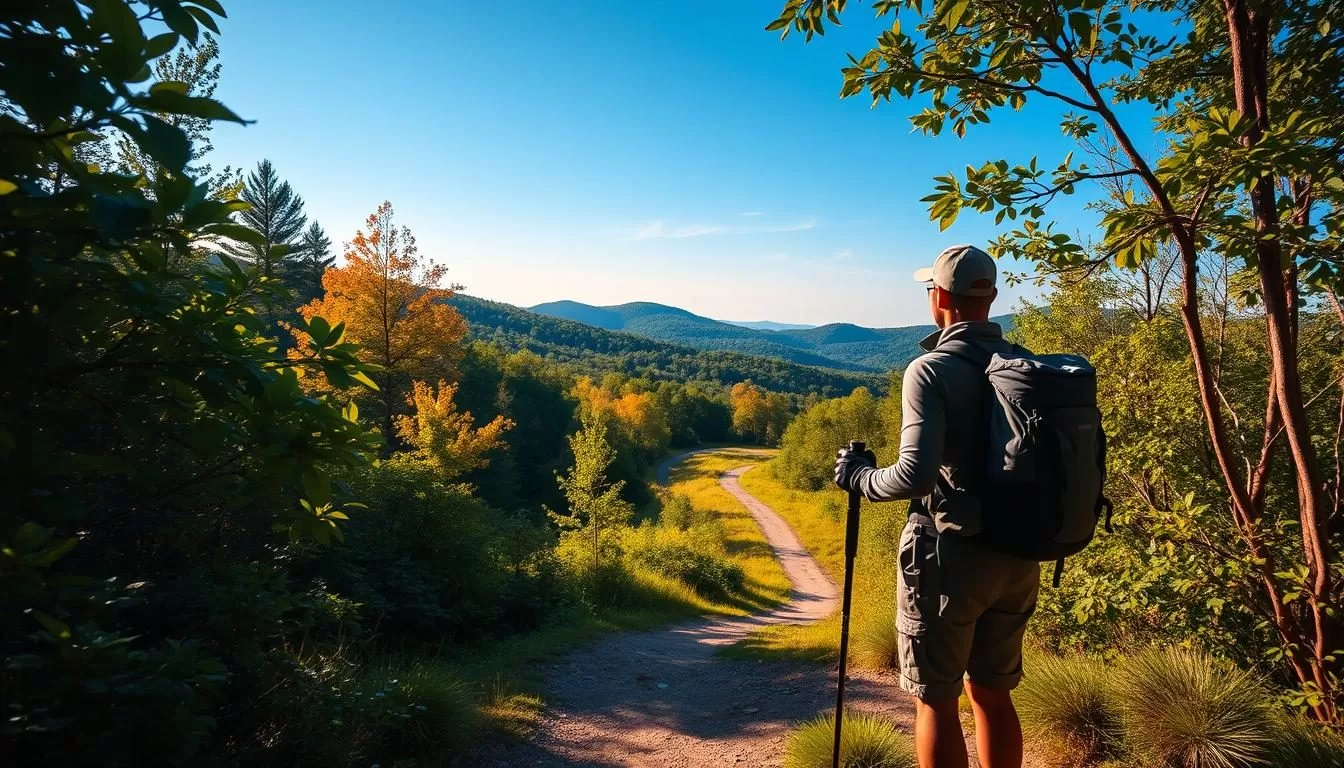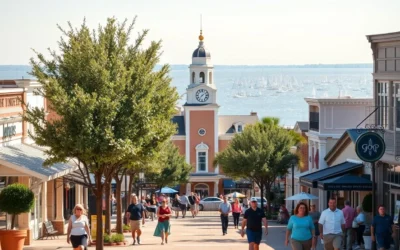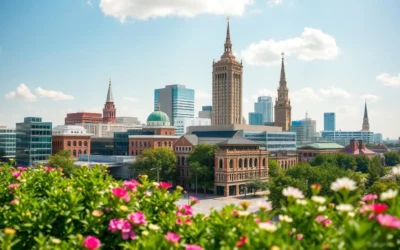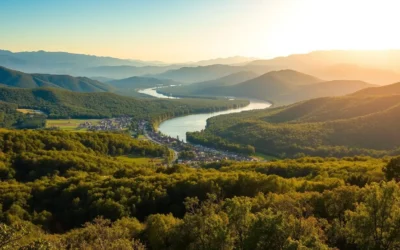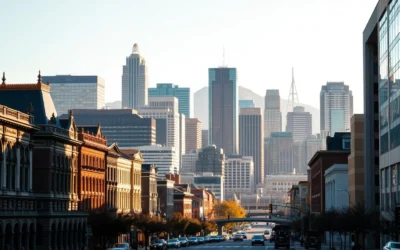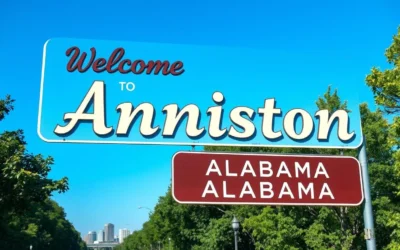Planning a trip to Alabama can be a delightful experience, especially when you consider the state’s diverse climate patterns. Understanding the weather conditions is crucial to maximizing your travel experience in this southern state.
As you prepare for your journey, you’ll want to know the best time to visit based on your preferences for activities, crowd levels, and budget considerations. This guide will help you determine the optimal time to visit Alabama, ensuring your trip is both enjoyable and memorable.
From the beautiful beaches of Gulf Shores to the cultural hubs of Birmingham and Montgomery, Alabama offers a range of experiences. By understanding the state’s weather patterns, you’ll be able to plan your trip during the most favorable conditions, making the most of your weather-savvy trip.
Understanding Alabama’s Climate
Understanding the climate of Alabama is crucial for planning a trip that makes the most of the state’s weather conditions throughout the year. Alabama’s climate varies significantly, impacting the experience of your visit.
Humid Subtropical Weather Patterns
Alabama features a humid subtropical climate characterized by long, hot summers and short, mild winters. The temperatures soar to around 90 degrees F in July and August, while winters see average lows of 32 F and highs in the low to mid-50s.
Regional Weather Variations
You’ll experience distinct regional weather variations across Alabama, with the Gulf Coast being warmer and more humid than the northern regions. This variation affects the overall weather you encounter during your visit.
Annual Temperature and Rainfall Overview
The state averages 56 inches of rain per year, with March being the wettest month. Understanding these patterns will help you plan your trip to Alabama effectively, making the most of your time in the state.
Spring in Alabama: March to May
Spring in Alabama, spanning from March to May, offers a delightful mix of mild temperatures and blooming landscapes. This season is considered the best time to visit Alabama, with temperatures ranging from 60°F to 82°F (16°C to 28°C).
Temperature and Weather Conditions
During spring, Alabama experiences mild temperatures, making it ideal for outdoor activities. Although March is typically the wettest month, rainfall decreases as the season progresses.
Natural Beauty and Blooming Landscapes
Alabama’s landscapes burst into full bloom during spring, with azaleas, dogwoods, and magnolias creating vibrant displays throughout the state. The full bloom is a treat for visitors, making it a perfect time for outdoor activities like hiking and golfing.
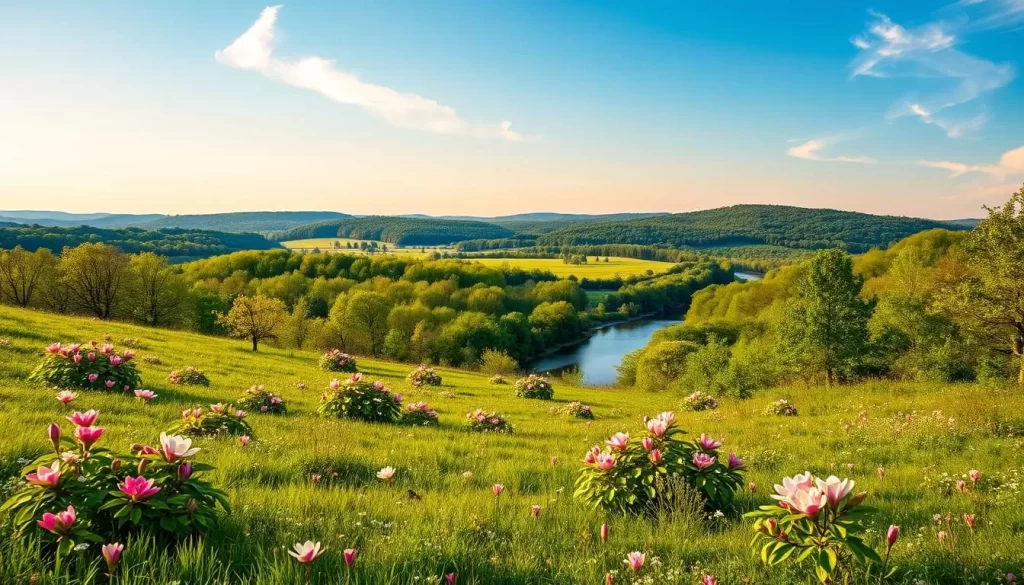
Spring Festivals and Events
Spring hosts numerous festivals and events across Alabama, including the Gardendale Magnolia Festival and the Honda Indy Grand Prix. These events celebrate southern cuisine and culture.
Travel Considerations and Costs
Travel costs during spring are generally moderate, with hotel rates lower than in summer but higher than in winter. Here’s a comparison of average hotel rates during different seasons:
| Season | Average Hotel Rate |
|---|---|
| Spring | $120 |
| Summer | $150 |
| Winter | $90 |
With pleasant weather, natural beauty, and reasonable prices, spring is an optimal time to visit Alabama for most travelers.
Summer in Alabama: June to August
As summer descends on Alabama from June to August, the state transforms into a hub of activity. You can expect hot and humid conditions, with temperatures often reaching the upper 80s to low 90s Fahrenheit.
Heat, Humidity, and Rainfall Patterns
The summer months bring characteristic southern heat, with afternoon thunderstorms providing brief respite, especially in July and August. The weather is marked by high humidity, making the temperature feel even warmer.
Popular Summer Activities
You can enjoy various activities during this time, including boating, fishing, and water sports on Alabama’s lakes, rivers, and along the coast, particularly at Gulf Shores and Orange Beach. These destinations are popular among visitors during the peak season.
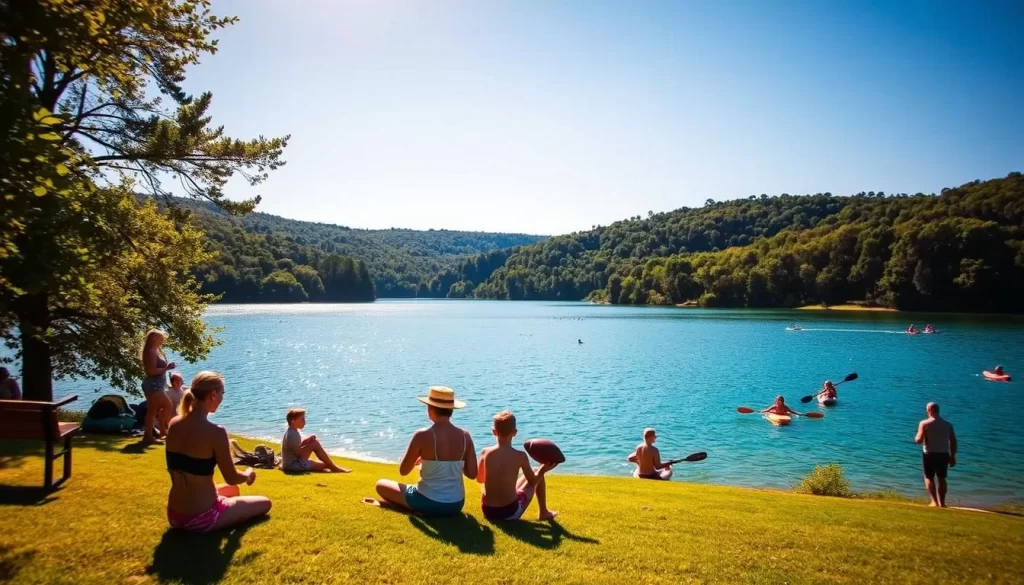
Summer Festivals and Cultural Events
Summer is a great time for cultural events and festivals like the Alabama Jazz Festival, Sidewalk Film Festival, and Independence Day celebrations. You can also enjoy events like the Birmingham Civil Rights Institute’s Juneteenth Celebration and Birmingham Barons baseball games.
Peak Season Crowds and Pricing
Be prepared for crowds at major attractions and higher hotel rates during this peak season. It’s advisable to book tickets in advance or visit early to avoid the crowds. Despite the heat, you can experience Alabama’s vibrant craft beer scene in cities like Birmingham, Huntsville, and Mobile.
Fall in Alabama: September to November
The fall season brings a unique charm to Alabama, making it an ideal time to visit. As summer’s heat and humidity fade, the state’s natural beauty is enhanced by comfortable temperatures and vibrant fall colors.
Weather Transitions
September still feels like summer, with highs around 84°F (29°C), but the heat dissipates by the end of the month. October and November bring more comfortable temperatures, ranging from the mid-60s to low 70s during the day and dipping into the 40s and 50s at night.
Scenic Beauty
Alabama’s fall foliage is spectacular, particularly in the northern regions and Appalachian foothills. The peak colors typically occur in late October to early November, making it a great time to visit Alabama for nature lovers.
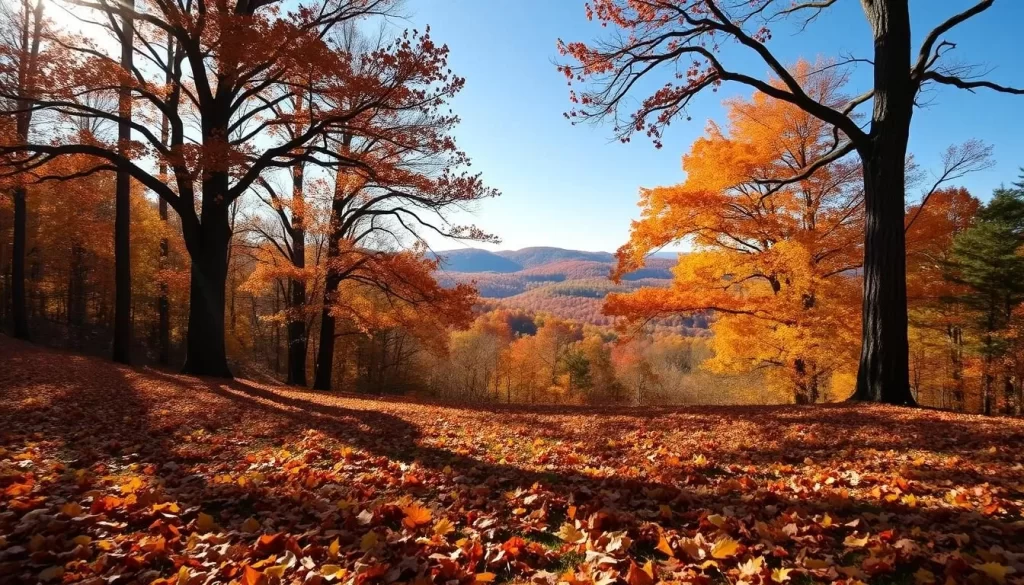
Autumn Festivals
Fall is a season of events in Alabama, with numerous festivals celebrating the harvest season. You can enjoy the Birmingham Greek Festival, Birmingham Art Walk, Alabama Butterbean Festival, and various Oktoberfest celebrations.
Travel Benefits
The shoulder season offers several travel benefits, including fewer crowds at popular destinations like Gulf Shores and Orange Beach, and lower hotel rates after Labor Day. This makes fall an attractive time to visit Alabama for those looking for a more budget-friendly trip.
Winter in Alabama: December to February
During the winter months, Alabama experiences relatively mild weather, with average highs in the 50s and lows around freezing, making it a great destination for those looking to escape harsher winters.
Mild Winter Temperatures
Throughout winter, expect mild temperatures, with highs in the low to mid-50s and lows dipping to right around freezing. The weather is still pleasant enough to enjoy the city’s parks, trails, gardens, and golf courses.
Winter Activities and Attractions
Winter is an excellent time to explore Alabama’s indoor attractions, including museums, historic homes, and culinary experiences featuring hearty southern food and seafood along the coast.
Holiday Events and Celebrations
The holiday season brings festive celebrations across the state, including Christmas parades, light displays, and special events at attractions like Bellingrath Gardens’ Magic Christmas in Lights.
Off-Season Travel Advantages
The city is less crowded—especially after the holidays—and hotel rates are at their lowest, especially in Gulf Shores and Orange Beach where beachfront properties offer substantial discounts. You can enjoy Gulf Shores and Orange Beach without the summer crowds.
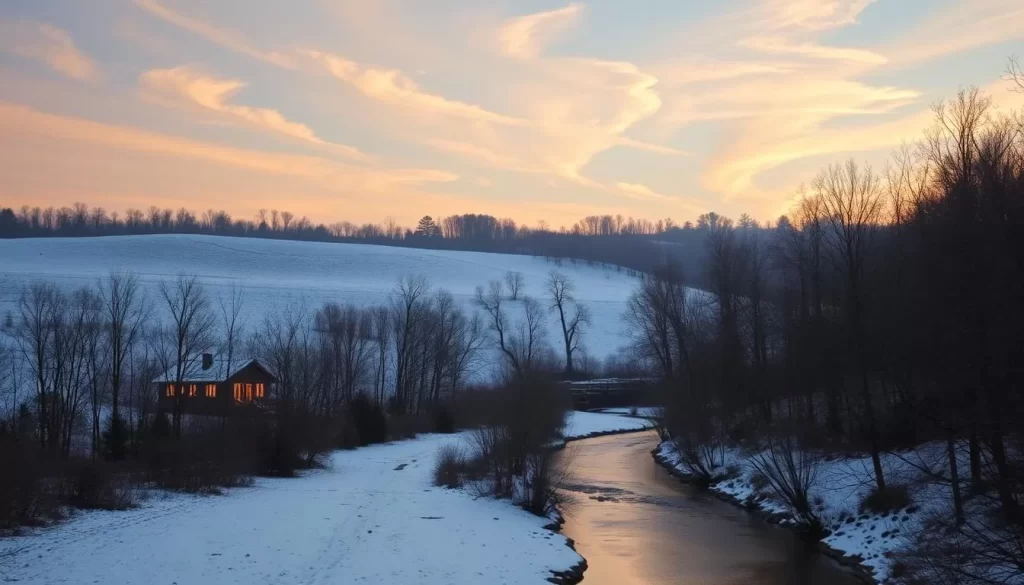
Alabama, United States: Best Months for a Weather-Savvy Trip
To experience the best of Alabama, it’s crucial to time your visit right. The state’s climate varies significantly throughout the year, impacting the enjoyment of various activities and experiences.
Ideal Months for Outdoor Activities
The best months for outdoor activities in Alabama are April and May, with comfortable temperatures ranging from 65°F to 85°F (18°C to 29°C), making it ideal for hiking, biking, and exploring state parks. The blooming landscapes add to the scenic beauty, enhancing your outdoor experience.
Best Times for Beach Visits to Gulf Shores and Orange Beach
For a visit to Gulf Shores and Orange Beach, consider late May through September for the warmest water temperatures. Alternatively, September and October offer a great balance of warm water, fewer crowds, and lower rates, making them an excellent choice for beachgoers.
Optimal Seasons for Urban Exploration
Spring (March to May) and fall (September to November) are the best seasons for urban exploration in Alabama. During these periods, the weather is pleasant, and the crowds are more manageable, allowing for a more enjoyable experience.
Weather Considerations for Special Events
Alabama hosts various festivals and events throughout the year. The spring and fall seasons are particularly popular for outdoor celebrations. Planning your visit around these events can enhance your experience, but be prepared for potential crowds and higher rates during peak periods.
Conclusion: Planning Your Perfect Alabama Getaway
The best time to visit Alabama depends on your preferences, whether you’re looking for mild weather, exciting festivals, or budget-friendly options. For a balanced experience, consider visiting during spring (March-May) or fall (September-November), when temperatures are mild and natural beauty is at its peak.
Summer offers a wide range of activities but comes with higher temperatures and crowds, especially in Gulf Shores and Orange Beach. In contrast, winter provides the best value with lower hotel rates, though some attractions may have limited hours.
By aligning your travel dates with your priorities, you’ll ensure a satisfying Alabama experience. Whether you prefer outdoor activities like hiking or exploring the state’s craft beer scene, Alabama has something to offer in every season.
The above is subject to change.
Check back often to TRAVEL.COM for the latest travel tips and deals.
Here are some Tours & Sightseeing suggestions that might pique your interests!
